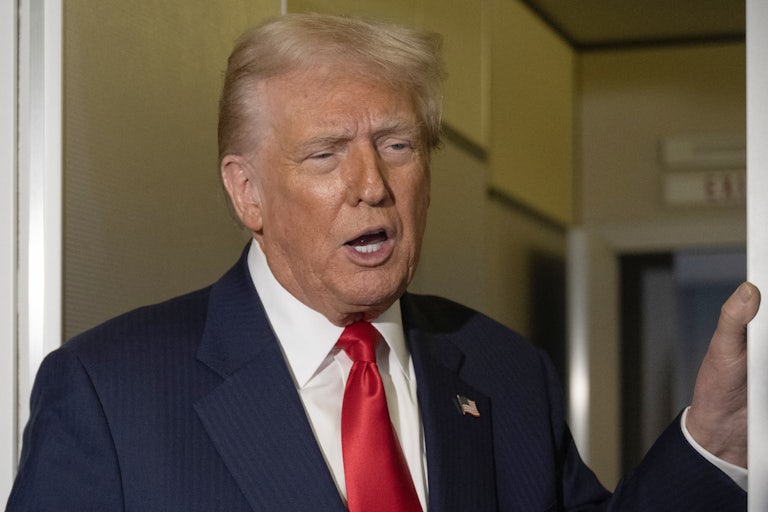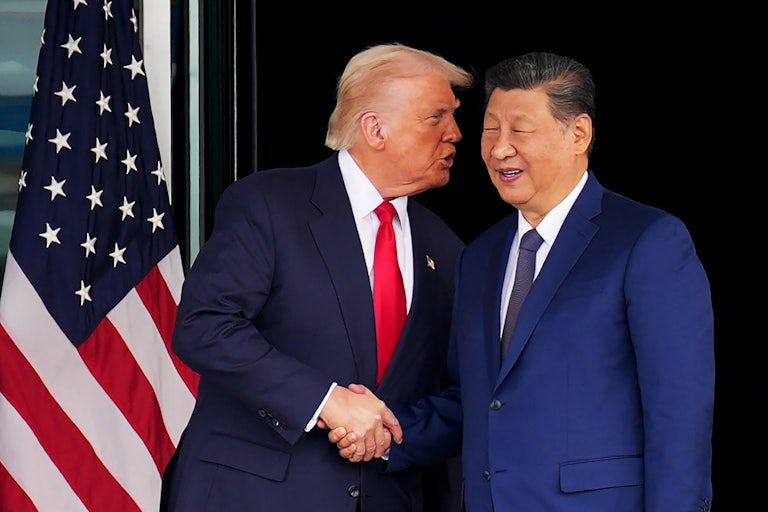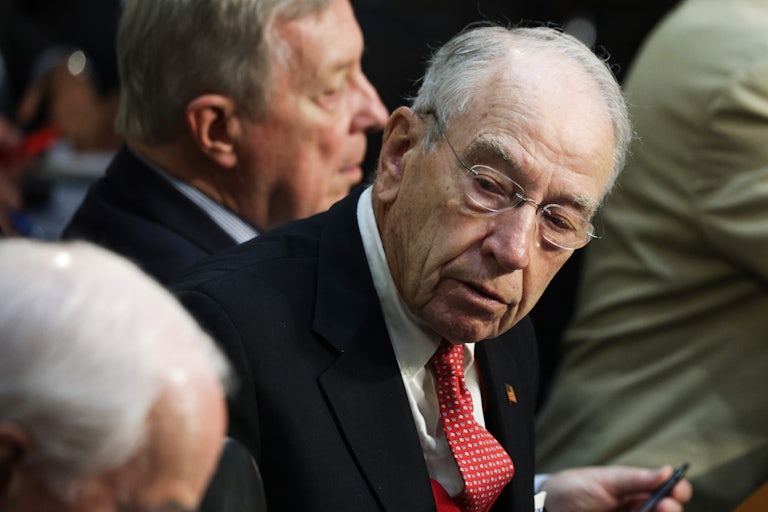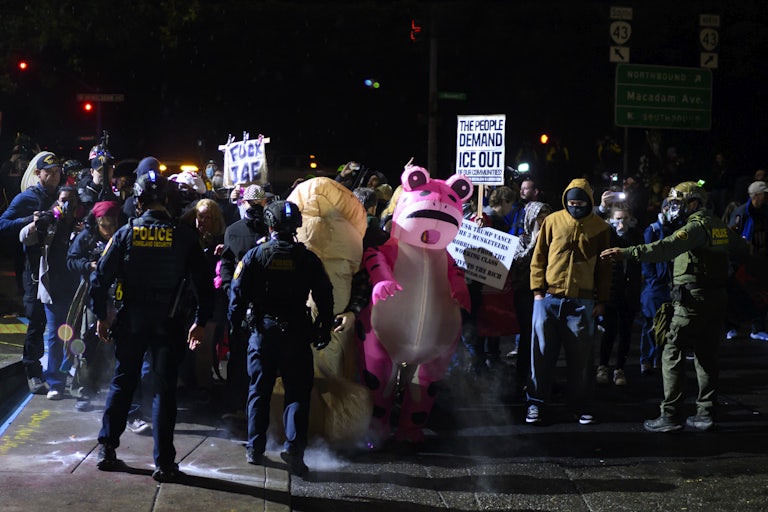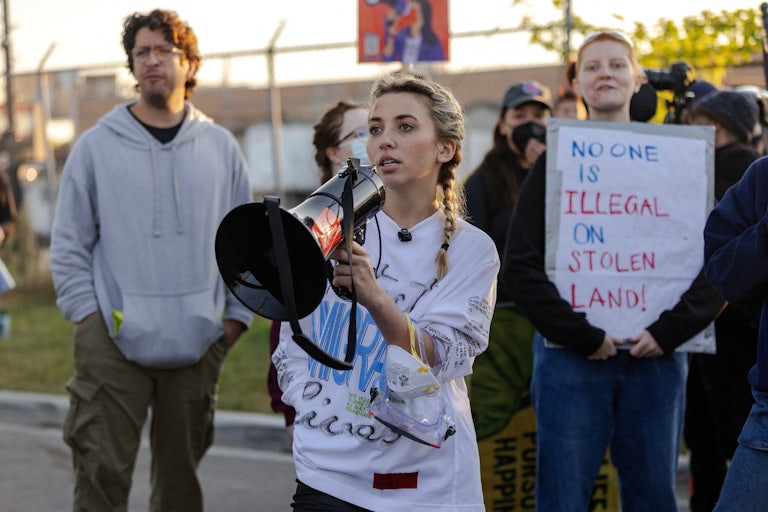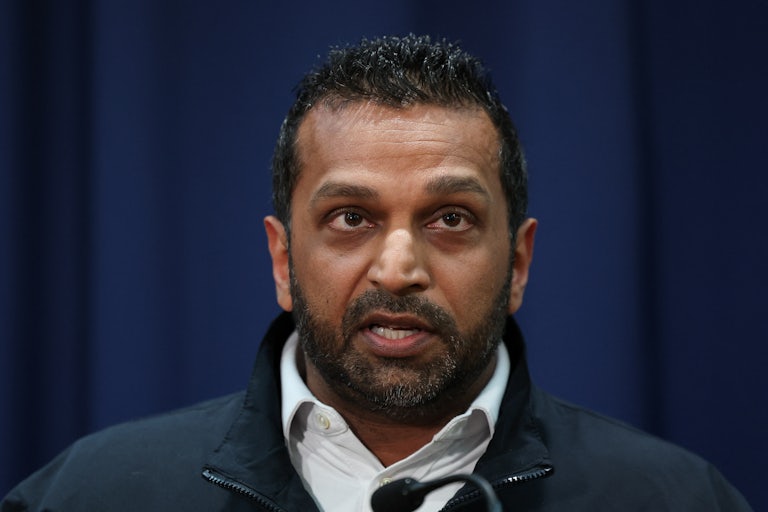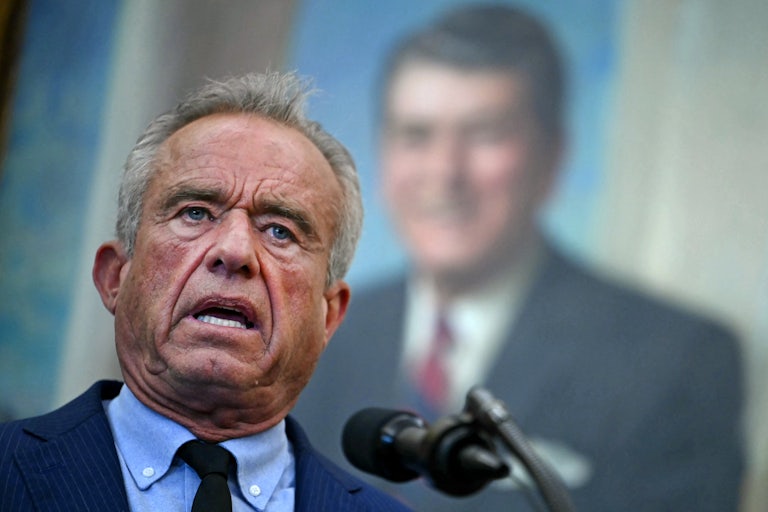“Not a Signal Chat”: Mike Waltz Interrupted in Middle of U.N. Speech
Trump’s ambassador to the United Nations was embarrassed while speaking to the General Assembly.
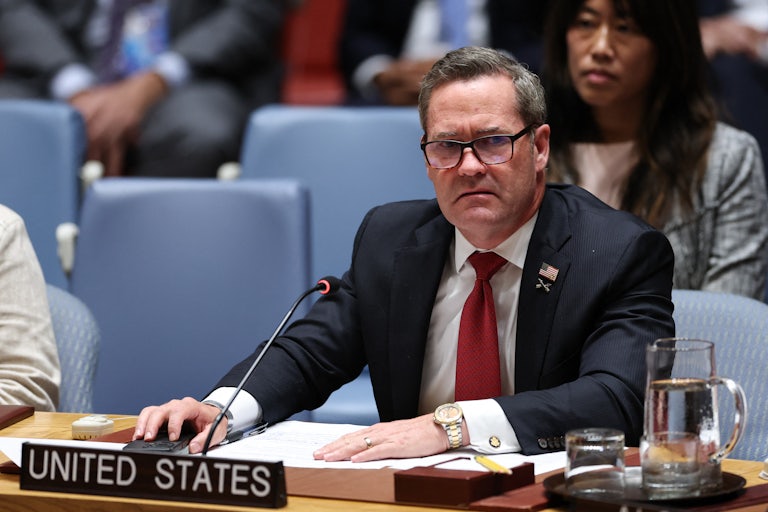
That infamous Signal chat keeps coming back to haunt the Trump administration.
On Tuesday, U.S. Ambassador to the United Nations Mike Waltz was interrupted in the middle of a speech before a U.N. General Assembly vote on whether to condemn U.S. economic restrictions on Cuba.
“Mr. Waltz, this is the United Nations General Assembly,” Cuban Foreign Minister Bruno Rodriguez said, cutting off Waltz. “It is not a Signal chat. Nor is it the House of Representatives,” he added, also calling Waltz’s remarks “uncivilized, crude and gross.”
Waltz was not happy.
“I am well aware of the location in which we are speaking,” the ambassador responded. “And this is also not a Communist illegitimate legislature in Havana.”
Waltz attacked the Cuban government as “illegitimate and brutal,” claiming that he was correcting “the fake news, the misinformation, and this false reality the regime seeks to create year after year with this vote.”
Ultimately, Waltz’s tough talk swayed few, if any, countries, as the U.N. General Assembly voted 165–7, with 12 abstentions, Wednesday to condemn the American economic embargo against Cuba, the thirty-third year in a row it has done so. The resolution is symbolic and carries no legal weight, but reflects global opinion.
The whole reason Waltz is the U.N. ambassador is because, while previously serving as national security adviser, he set up a Signal chat where secret military plans were discussed with Defense Secretary Pete Hegseth, Vice President JD Vance, and other top government officials and then mistakenly added The Atlantic’s editor in chief Jeffrey Goldberg. Waltz was removed from his position and instead nominated to the U.N. post, a job that requires diplomatic savvy, which he seems to be lacking.

